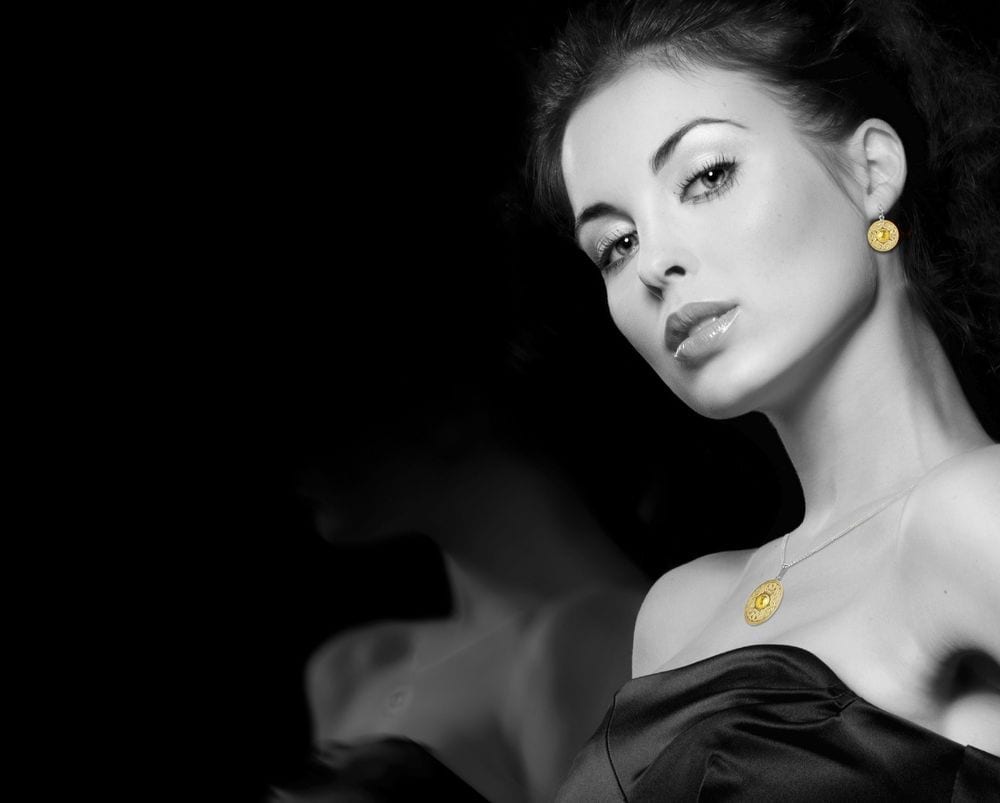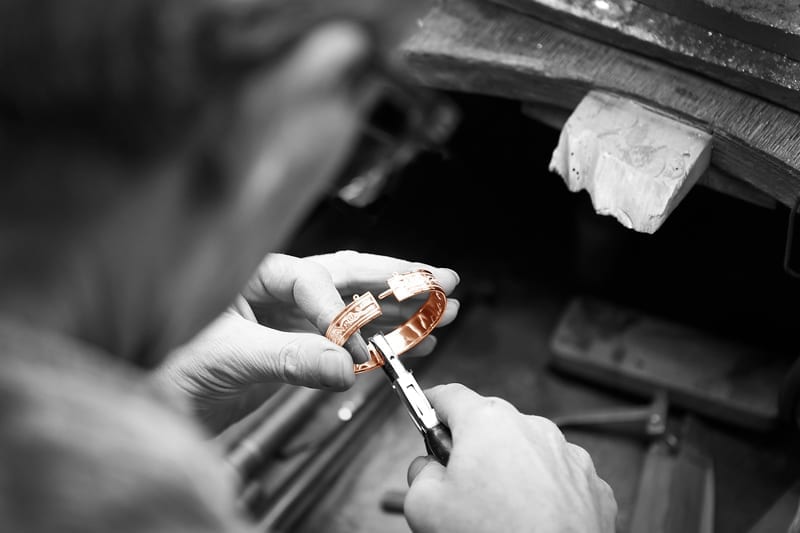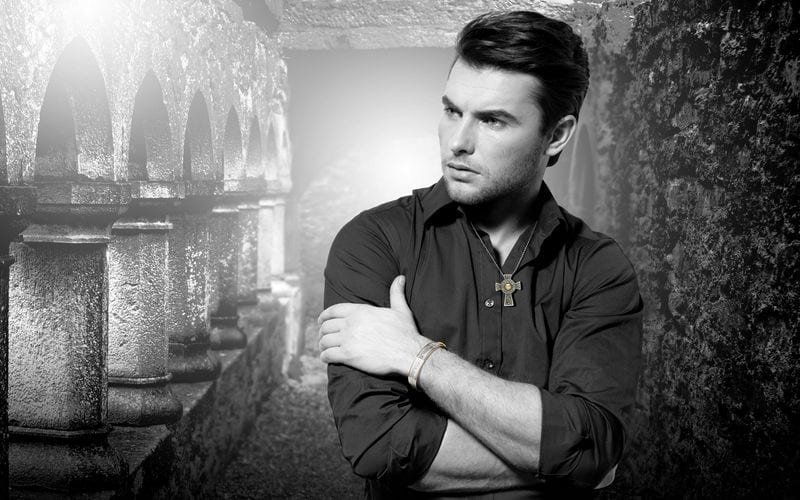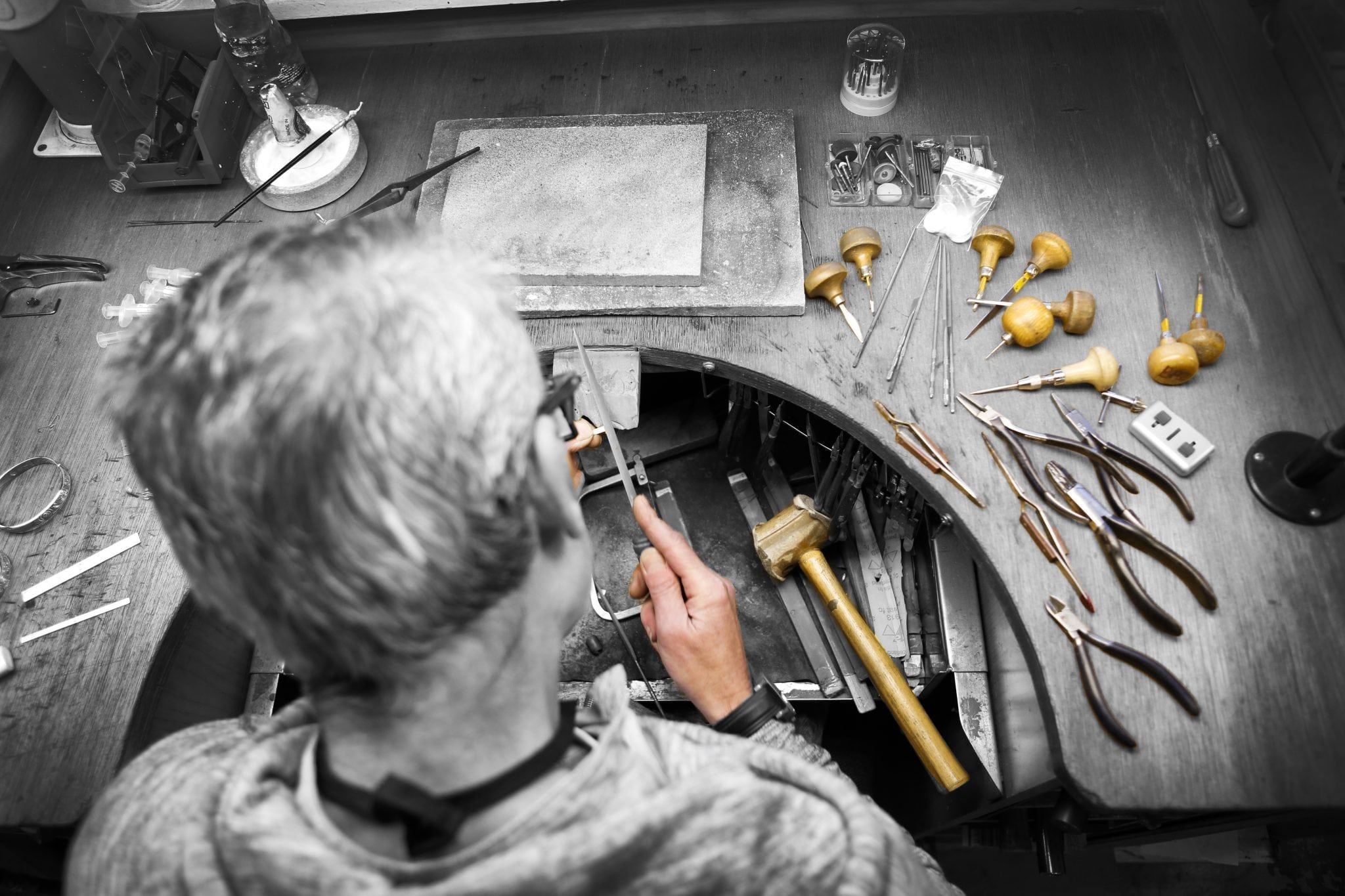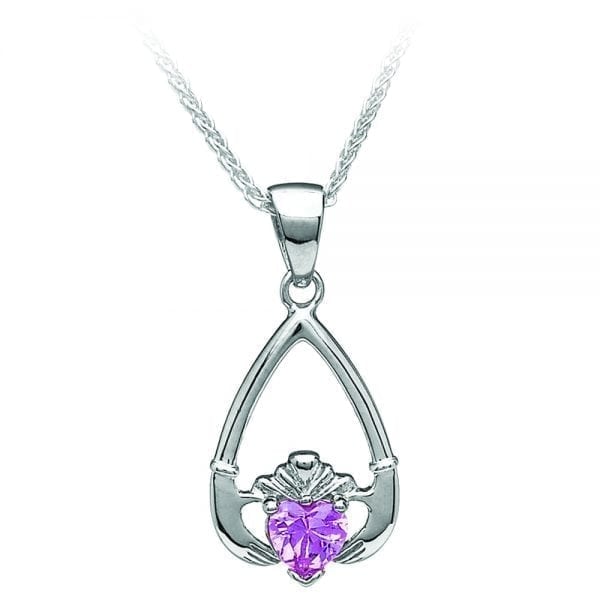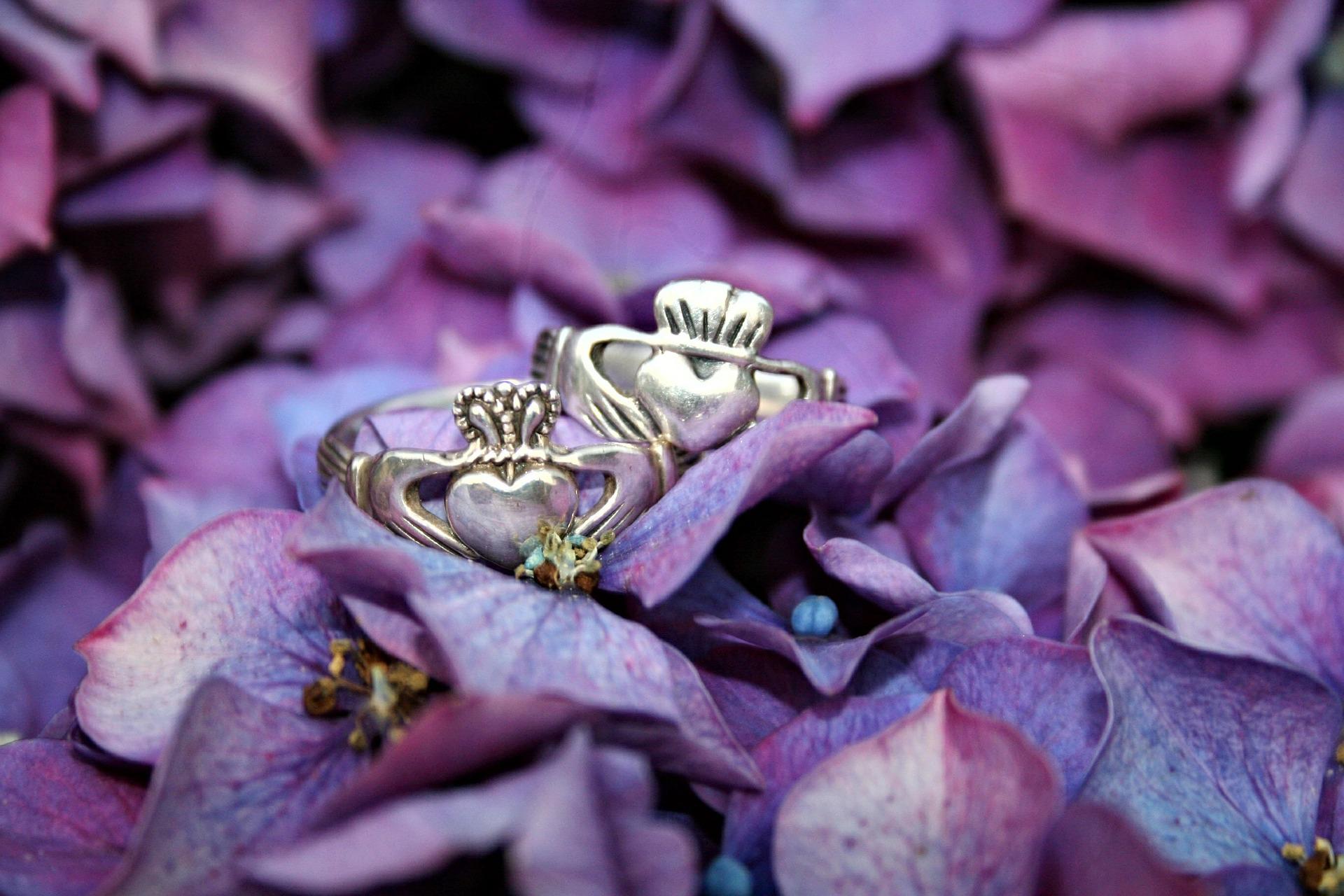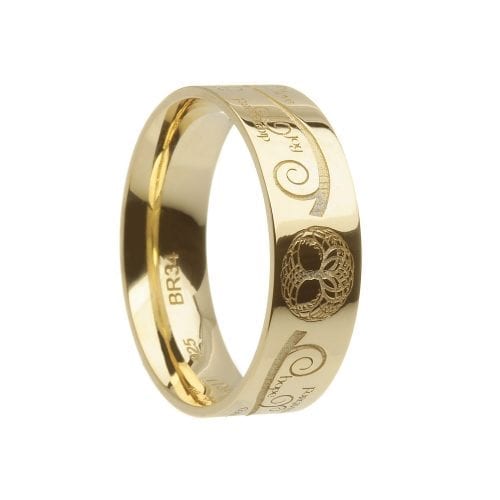
The Tree of Life is a commonly seen design on ancient stonework, tapestry and decorated on ornate literature. For the ancient Celts it was a symbol that carried deep and personal meaning which has stood the test of time and remains a timeless and mystifying symbol. This sacred image has drawn the attention of many throughout the ages and has regained popularity in recent years as the power and beauty of the design have been rediscovered and appreciated. This ancient symbol has had many different meanings for different populations or cultures at various times, throughout this blog we will explore some of these so that you can appreciate this incredible design even more.

Who were the Celts?
The Celts were an ancient collective of tribes and communities within Ireland and also scattered across a few other western European countries such as Scotland, Wales, Brittany and the Isle of Man. Over 2500 years ago the Ancient Greeks and Romans classified these tribes and groups as ‘keloti’ or ‘celtae’ , these empires saw a commonality in shared customs and rituals amongst these barbarian tribes and classified them with this blanket term. While these people did not leave a lot of written text themselves they left a rich history of folklore, incredibly intricate artefacts and captured the fascination of these empires also. To the ancient Celts any empty space in the design of their artwork was seen as a space of evil or bad spirits to enter the piece and therefore they placed a huge emphasis on covering their materials in stunning, complex and unique designs.
Tree of Life – A historical overview
The Tree of Life is one of those designs that the Celts used across their artwork, to Celts trees were seen as very sacred things often thought of as containing the souls of their ancestors and were therefore considered to be a bridge between the earthly and the divine. Ogham is Ireland’s most ancient written language and is known to derive its shape from tree symbology. Trees were incredibly important to these communities; they provided much needed shelter, materials for building as well as food.
The design of the Tree of Life is incredible when you consider how ancient it is. The tree is shown with branches pointing outwards and roots reaching downwards. The shape is perfectly symmetrically balanced being equal no matter what way it is positioned. To the Celts the branches represented the heavens, and the roots represented death. The tree was considered a portal or doorway between the eternal and the earthly, it’s design with perfect balance shows the strength of its shape and also the harmony of all things in the universe. Nature and the mystical all exist in the same space and are interconnected via the tree. Trees in Ireland are mostly deciduous, meaning that every winter their leaves would fall off and die while each spring their leaves would bud once more showing new life and hope. When planning new communities these communities would plant a tree at the very heart of the area and would call it ‘crann bethadh’ or sacred tree, at this special location many political and ceremonial events would be held here.

Various symbol meanings
-
Family
Family trees are not a new phenomenon, trees can live for hundreds and thousands of years but still bear fruit as they grow old. It is the perfect representation of family as they expand with age, their branches signifying new lines and emerging points but still sharing the same source and connection. No matter how many branches a tree as they are all fed by the same roots and belong to the same tree.
- Harmony
There are few symbols with as much thought and design as the Tree of Life. It is a perfectly balanced tree having no excess on either side and encaptured in a connected circle. The image is an eternal and infinite symbol with no beginning or end, no matter what way it is viewed the tree remains the same. It is a reminder for us all to see the beauty and wonder even in the most everyday things. With the exploitation of our environment and the growing focus on climate change it is more important than ever to wear natural imagery with pride, the Tree of Life reminds us of our inseparable connection to nature and how we should do our best to harmonise with it.
-
Strength and wisdom
The Tree of Life represents time and history. Trees remain stationary while life continues, they see everything that occurs around them. Through the good and bad times, in famine and in the feast the tree remains strong and enduring, surviving even the harshest winters only to bloom once more. Filled with the knowledge of all those ancestors who came before the Tree of Life captures the culture and wisdom of all past relations with its newest wearers taking their place as the fruit of this season.
At Boru we celebrate this incredible and diverse symbol in our Tree of Life necklaces as well as our beautifully designed rings for more information on other incredible Celtic designs.


